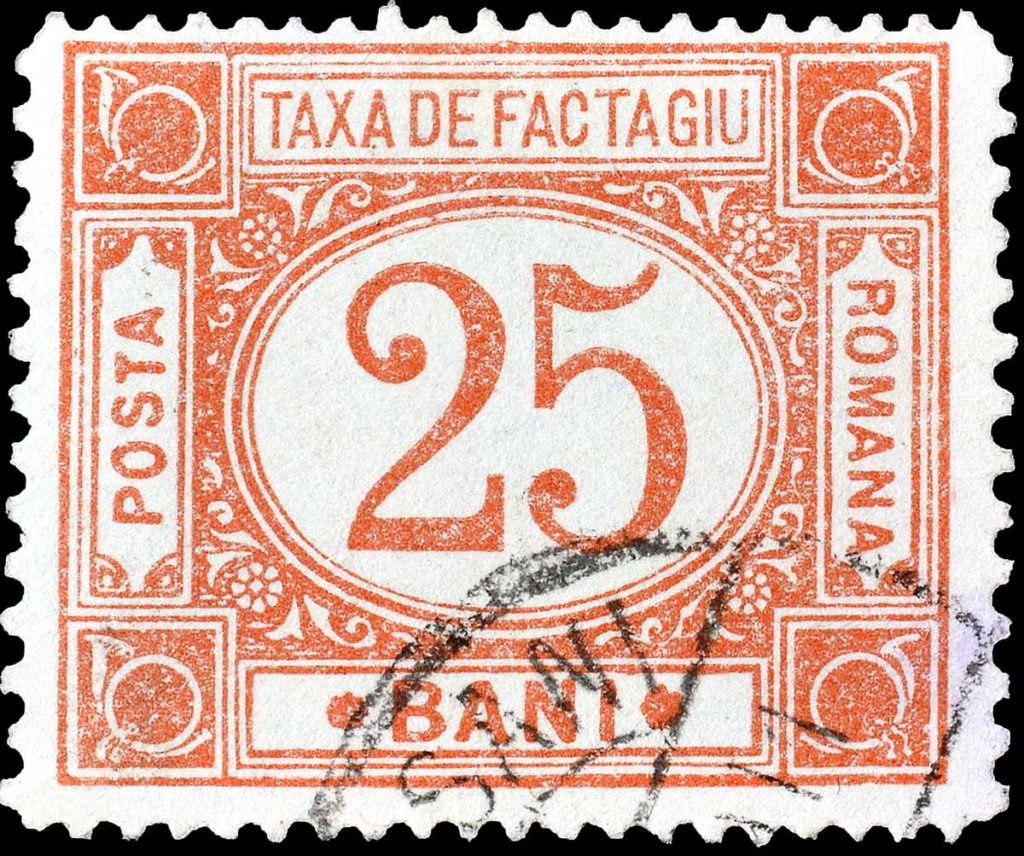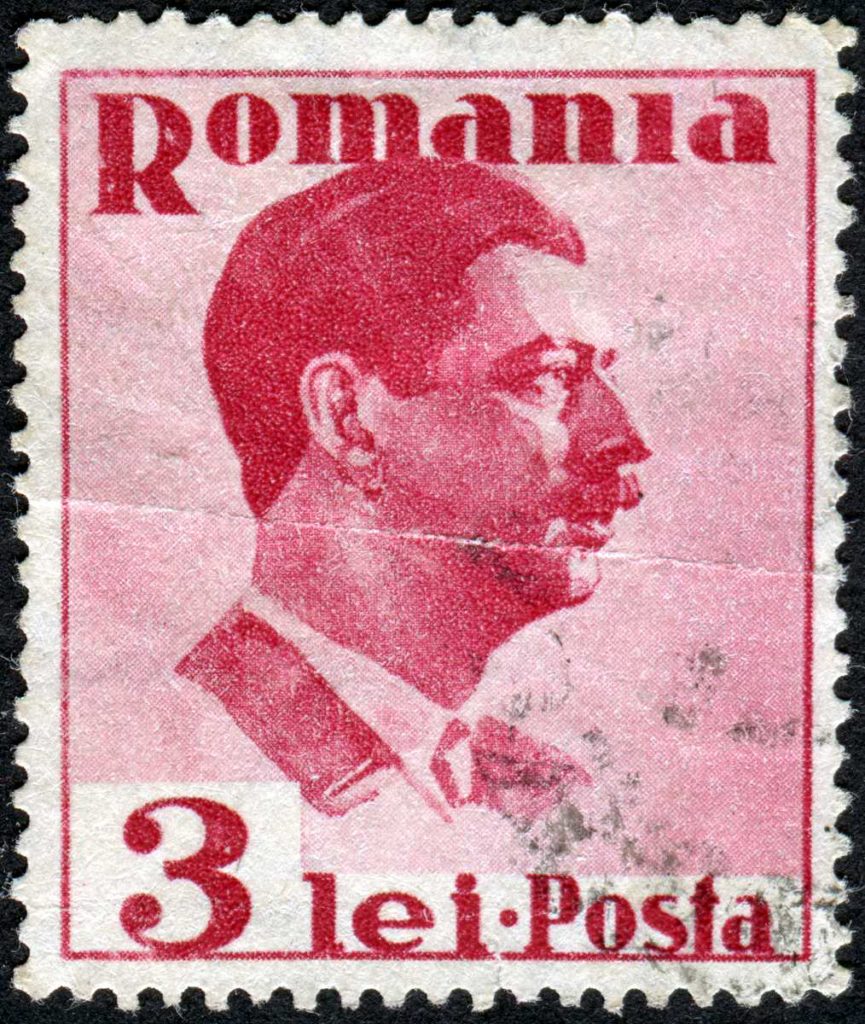Romania, in Eastern Europe, began its postage stamp history way back in 1858, in an area then known as Moldavia. There stamps date from a time soon after Moldavia gained its independence from the Ottoman Empire. Soon, stamps inscribed POSTA ROMANA were issued and, while Posta Romana stamps are still being issued and hotly collected today, Romania stamp history has been through lots of changes over the decades which have created a multitude of collectible items and endless choices of how to collect them.
Before Posta Romana Stamps: 1858
Those first Moldavia stamps are known in collector’s circles as cap de bour stamps. This term refers to the stylized symbol of a star, an auroch head, and a horn. (An auroch is a kind of now-extinct cow.) These stamps sported very simple designs and were inscribed in both Cyrillic and Romanian.
See also: Poland rare stamps: buying and collecting Poczta Polska
Moldavia and Wallachia Stamps: 1862
In 1862, new stamps for use in the new union of Moldavia and Wallachia were issued. Again they sported an uncluttered design, showing the auroch’s head for the Romanian part (i.e., Moldavia) and the bird symbol of Wallachia side by side. Rare Romania stamps collectors take note: A run of stamps printed in 1864 were never used postally but are seen for sale sometimes.
The First Posta Romana Stamps: 1865
In 1865, the name România began to be used for part of the region and new stamps were designed accordingly. These stamps were inscribed POSTA ROMANA. At this point, Moldavian, Wallachian, and the new Romanian stamps were all still denominated in piastres and parale (1 piastre = 40 parale). However, in 1868 a new currency was adopted:
More: Bulgaria rare stamps for philatelists and other buyers
1 leu (plural lei) = 100 bani (singular ban)
New stamps were issued beginning in 1868 to reflect the new currency. In the earliest years of Romania, the phrase POSTA ROMANA was eventually edged out in favor of the simpler ROMANIA as the inscription on stamps.
Romanian Stamps in the 20th Century
In World War I, parts of Romania were occupied by three different countries: Austria, Germany, and Bulgaria. An exciting range of philatelic collectibles were created by this complex situation:
- In 1917 and 1918, Austria issued its ubiquitous KuK FELDPOST stamps overprinted with several different values in lei and bani.
- The Bulgarians used their own stamps with overprints (in Cyrillic) for use in the Dobruja area of Romania in 1916.
- The Germans overprinted German stamps for postal use, and added overprints to Romanian stamps for postal tax and postal tax due stamps, in 1917 and 1918.
Browse 709 current Posta Romana stamps for sale offers here

Collectible Romania tax stamp.
In 1918, Romania incorporated more areas into its fold, notably the large Transylvania region. After the war, Romanian stamps with the inscription ROMANIA were issued once again, usually with the word POSTA somewhere in smaller lettering.
Following World War II, in 1947 Romania became the People’s Republic of Romania. Inscriptions on its stamps were updated to REPUBLICA POPULARĂ ROMÎNĂ or, much more commonly, RPROMÎNĂ. This phraseology would morph back into POSTA ROMANA (sometimes with diacritical marks: POŞTA ROMÂNĂ) around the country’s 1965 name change to Republica Socialistă România. Finally, the simpler ROMÂNIA would be used from time to time on stamps.
More on MegaMinistore: Croatia Stamps: The Many Ways of Collecting Hrvatska
Collecting Modern Posta Romana Stamps
Since the 1989 revolution, the country, now called simply România, has switched back and forth between the inscriptions POŞTA ROMÂNĂ and ROMÂNIA on its stamps. More interestingly, it has kept up an active schedule of issues providing a lot of things for collectors to focus on. With a long history, a huge variety of issues, and some eras of occupation by outside forces, the category of collectible Posta Romana stamps is a fascinating and engrossing one. Watch online sales listings, which change constantly, for great pieces or collections to add to your own.










